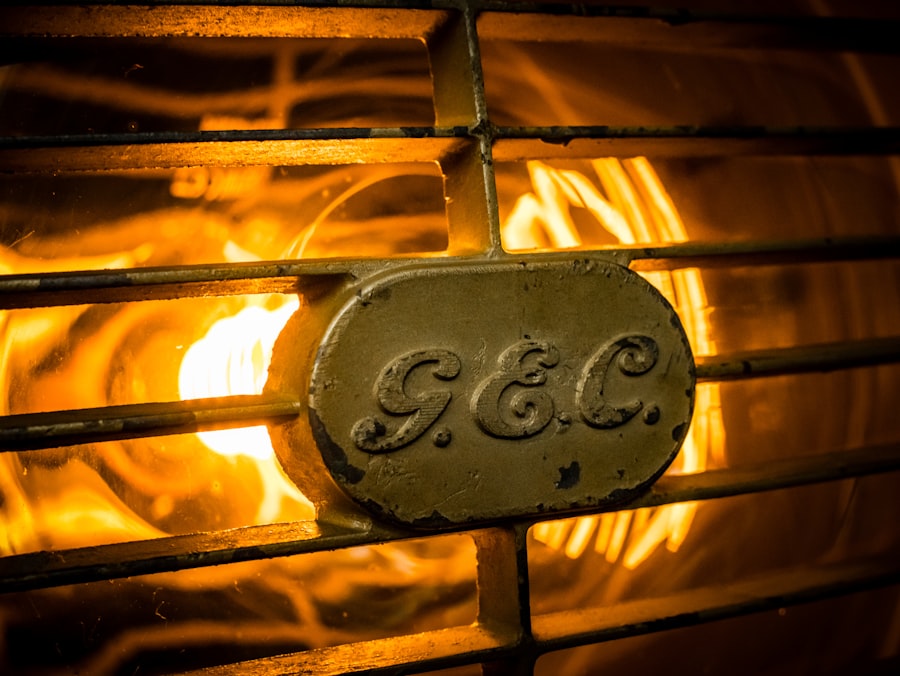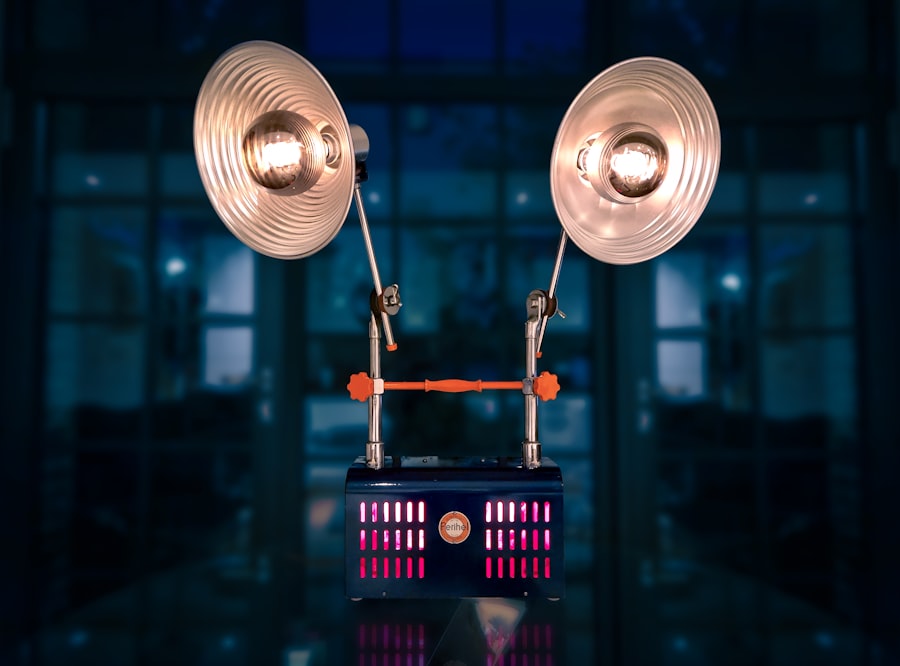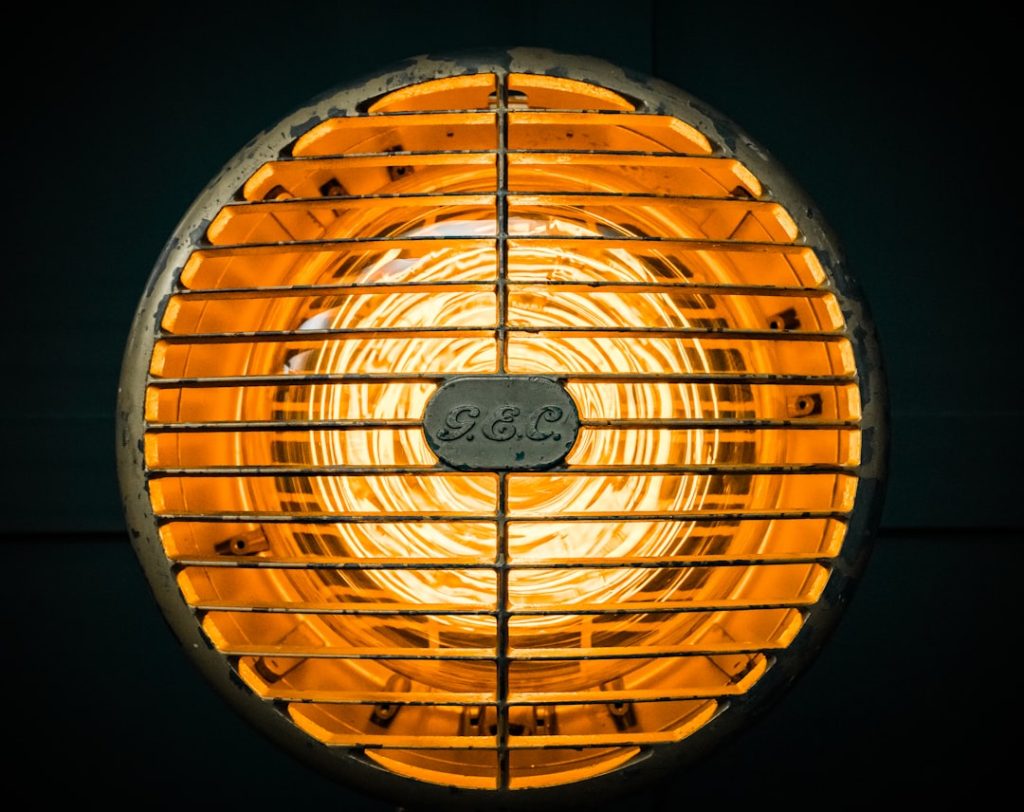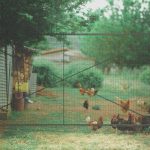Raising young chickens requires a comprehensive understanding of their specific needs. Chicks are delicate creatures that demand a warm and secure environment for optimal growth. They are particularly susceptible to temperature fluctuations and require consistent warmth during their early developmental stages.
Proper nutrition and hydration are essential, as is protection from potential predators. Providing a safe and comfortable space is crucial for their proper growth and development. Young chickens have distinct nutritional requirements that must be met to ensure their development into healthy adult birds.
A balanced diet comprising the appropriate proportions of protein, carbohydrates, vitamins, and minerals is vital. Constant access to clean water is necessary for hydration and overall health maintenance. A thorough understanding of young chickens’ needs is fundamental to their well-being and development.
Providing the appropriate environment and care is critical for their successful maturation.
Table of Contents
- 1 Setting Up the Right Heat Lamp Environment
- 2 Monitoring Temperature and Adjusting as Needed
- 3 Transitioning Chickens Away from the Heat Lamp
- 4 Considering External Factors that May Impact Heat Lamp Use
- 5 Potential Risks and Safety Precautions
- 6 Consulting with a Veterinarian or Poultry Expert
- 7 FAQs
Key Takeaways
- Young chickens require a warm and draft-free environment to thrive
- The right heat lamp setup is crucial for providing the necessary warmth for young chickens
- Regular monitoring and adjustment of temperature is essential for the well-being of young chickens
- Gradual transition away from the heat lamp is important for the chickens’ development
- External factors such as weather and predators should be considered when using a heat lamp for young chickens
- Potential risks of fire and injury from heat lamps should be carefully managed with safety precautions
- Consulting with a veterinarian or poultry expert can provide valuable guidance for raising young chickens
Setting Up the Right Heat Lamp Environment
Why Heat Lamps are Essential
Young chickens are unable to regulate their body temperature effectively, making it crucial to provide them with a warm and consistent heat source. A heat lamp is a popular choice for providing this warmth, as it can be easily adjusted to maintain the ideal temperature for the chicks.
Setting Up the Heat Lamp Environment
When setting up a heat lamp environment, it’s important to consider the size of the brooder and the number of chicks being raised. The heat lamp should be positioned at a height that allows the chicks to move freely and access food and water without being too close to the heat source.
Choosing the Right Bulb and Monitoring Temperature
Red or infrared bulbs are often recommended for young chicks, as they provide a gentle heat that mimics the warmth of a hen. It’s also important to monitor the temperature regularly and make adjustments as needed to ensure that the chicks are comfortable and thriving in their environment. Setting up the right heat lamp environment is essential for the well-being of young chickens and plays a crucial role in their early development.
Monitoring Temperature and Adjusting as Needed

Once the heat lamp environment is set up, it’s important to monitor the temperature regularly and make adjustments as needed. The ideal temperature for young chicks varies depending on their age, but it generally ranges from 90-95 degrees Fahrenheit in the first week, with a gradual decrease of 5 degrees per week until they are fully feathered. It’s important to use a thermometer to monitor the temperature in the brooder and make adjustments to the heat lamp as needed.
If the temperature is too high, the chicks may move away from the heat source and huddle together, which can lead to overheating and dehydration. On the other hand, if the temperature is too low, the chicks may become lethargic and huddle together for warmth, which can lead to illness or even death. It’s important to observe the behavior of the chicks and make adjustments to the heat lamp to ensure that they are comfortable and thriving in their environment.
Monitoring temperature and adjusting as needed is crucial for the well-being of young chickens and plays a key role in their early development.
Transitioning Chickens Away from the Heat Lamp
As young chickens grow and develop, they will gradually become less dependent on the heat lamp and will eventually be ready to transition away from it. This transition typically occurs when the chicks are fully feathered, which is usually around 6-8 weeks of age, depending on the breed. At this point, they will be better equipped to regulate their body temperature and will no longer require the constant warmth provided by the heat lamp.
To transition chickens away from the heat lamp, it’s important to gradually reduce the temperature in the brooder by raising the heat lamp or using a lower wattage bulb. This will allow the chicks to acclimate to slightly cooler temperatures and prepare them for life outside of the brooder. It’s also important to provide them with access to a draft-free area where they can continue to stay warm as they adjust to their new environment.
Transitioning chickens away from the heat lamp is an important step in their development and prepares them for life as adult birds.
Considering External Factors that May Impact Heat Lamp Use
When using a heat lamp for young chickens, it’s important to consider external factors that may impact its effectiveness. For example, if the brooder is located in a drafty area or exposed to cold temperatures, it may be more difficult to maintain a consistent and comfortable environment for the chicks. Additionally, if there are fluctuations in ambient temperature or changes in weather conditions, it may be necessary to make adjustments to the heat lamp to ensure that the chicks are kept warm and comfortable.
It’s also important to consider potential power outages or equipment malfunctions that could affect the heat lamp’s ability to provide warmth for the chicks. Having a backup plan in place, such as alternative heat sources or emergency supplies, can help mitigate any potential risks and ensure that the chicks are kept safe in case of unforeseen circumstances. Considering external factors that may impact heat lamp use is essential for providing a secure and stable environment for young chickens.
Potential Risks and Safety Precautions

Risks Associated with Heat Lamps
While heat lamps are an effective way to provide warmth for young chickens, there are potential risks associated with their use that need to be taken into consideration. One of the main risks is fire hazard, as heat lamps can pose a danger if they come into contact with flammable materials or are not properly secured in place. It’s important to use a sturdy fixture or clamp to secure the heat lamp and ensure that it is positioned at a safe distance from any bedding or other materials in the brooder.
Overheating and Electrical Hazards
Another potential risk is overheating, which can occur if the temperature in the brooder is too high or if the heat lamp is not properly adjusted. Overheating can lead to dehydration, heat stress, or even death in young chicks, so it’s important to monitor the temperature regularly and make adjustments as needed. Additionally, it’s important to use caution when handling heat lamps and ensure that they are installed according to manufacturer’s instructions to minimize any potential risks.
Safety Precautions to Mitigate Risks
To mitigate these risks, there are several safety precautions that can be taken when using a heat lamp for young chickens. This includes using a GFCI (ground fault circuit interrupter) outlet to prevent electrical hazards, securing the heat lamp with a protective guard or wire mesh to prevent contact with chicks, and regularly inspecting the equipment for any signs of wear or damage. By taking these safety precautions, it’s possible to minimize potential risks associated with heat lamp use and provide a safe environment for young chickens.
Consulting with a Veterinarian or Poultry Expert
Finally, when raising young chickens and using a heat lamp, it’s important to consult with a veterinarian or poultry expert for guidance and advice. These professionals have the knowledge and experience to provide valuable insights on best practices for raising young chickens and ensuring their well-being. They can offer recommendations on brooder setup, heat lamp use, temperature monitoring, and transitioning chicks away from the heat lamp.
Additionally, veterinarians or poultry experts can provide guidance on nutrition, health care, disease prevention, and overall management of young chickens. They can also offer support in identifying potential risks or addressing any concerns related to raising young chickens in a safe and healthy environment. Consulting with a veterinarian or poultry expert is an important step in ensuring that young chickens receive proper care and attention throughout their early development.
In conclusion, raising young chickens requires careful consideration of their specific needs and providing them with a warm and secure environment for their early development. Setting up the right heat lamp environment, monitoring temperature regularly, transitioning chicks away from the heat lamp, considering external factors that may impact its use, taking safety precautions, and consulting with a veterinarian or poultry expert are all essential aspects of raising young chickens successfully. By understanding their needs and providing them with proper care and attention, it’s possible to raise healthy and thriving young chickens that will grow into productive adult birds.
If you’re wondering how long to keep chickens under a heat lamp, you may also be interested in learning about what vegetables quails eat. Check out this article to discover the best vegetables to feed your quails for optimal health and nutrition.
FAQs
What is the purpose of using a heat lamp for chickens?
The purpose of using a heat lamp for chickens is to provide warmth for young chicks, as they are unable to regulate their body temperature effectively in the first few weeks of life.
How long do you keep chickens under a heat lamp?
Chicks should be kept under a heat lamp for the first 6 weeks of their life. The temperature should be gradually reduced each week until they are able to regulate their own body temperature.
What temperature should the heat lamp be set at for chickens?
For the first week, the temperature under the heat lamp should be kept at around 95°F (35°C) and then reduced by 5°F (2.8°C) each week until the chicks are fully feathered and can maintain their own body temperature.
What are the risks of keeping chickens under a heat lamp for too long?
Keeping chickens under a heat lamp for too long can lead to overheating, which can cause heat stress, dehydration, and even death. It is important to gradually reduce the temperature and allow the chicks to acclimate to room temperature as they grow.
Meet Walter, the feathered-friend fanatic of Florida! Nestled in the sunshine state, Walter struts through life with his feathered companions, clucking his way to happiness. With a coop that’s fancier than a five-star hotel, he’s the Don Juan of the chicken world. When he’s not teaching his hens to do the cha-cha, you’ll find him in a heated debate with his prized rooster, Sir Clucks-a-Lot. Walter’s poultry passion is no yolk; he’s the sunny-side-up guy you never knew you needed in your flock of friends!







